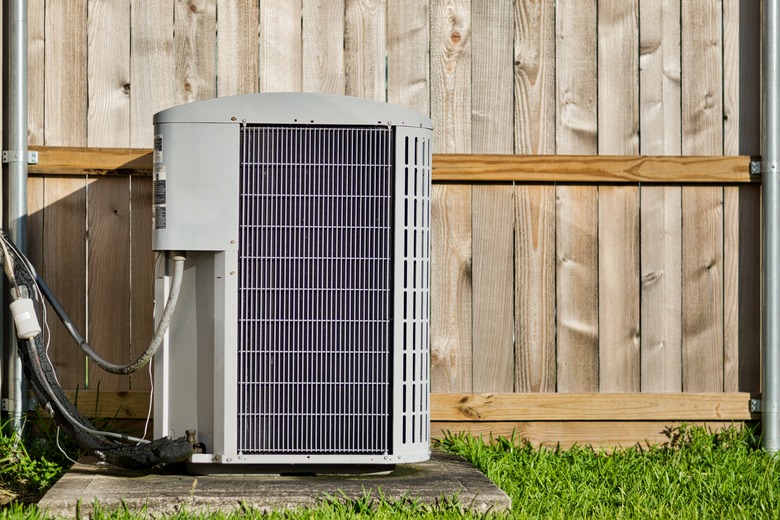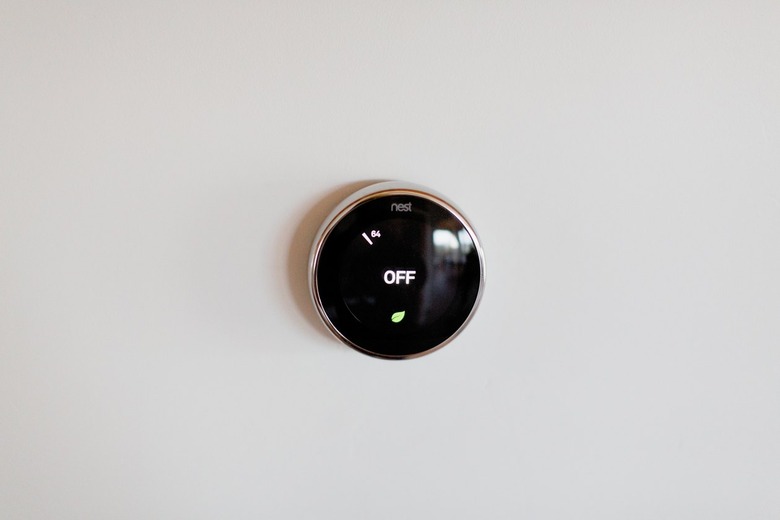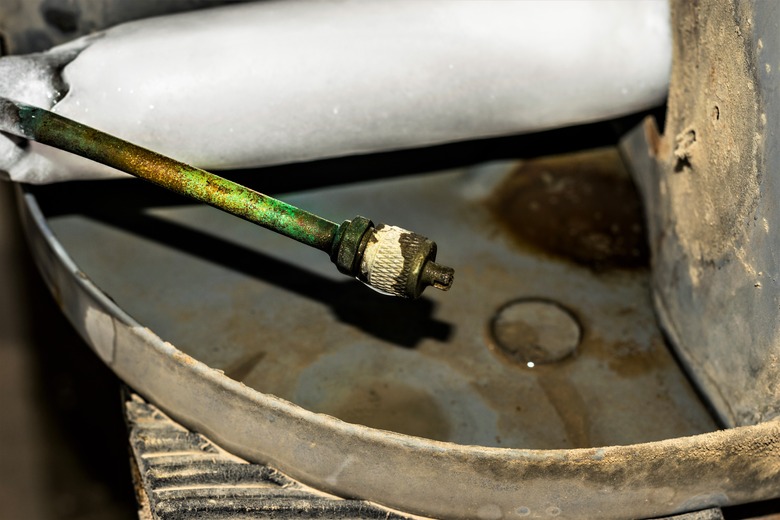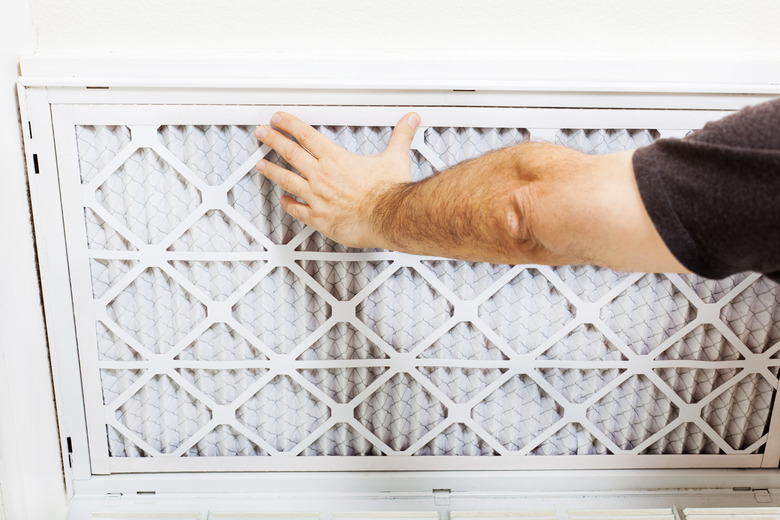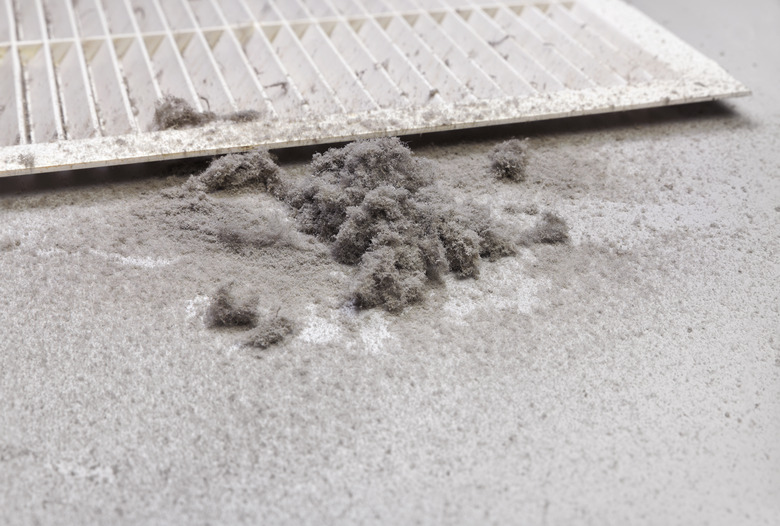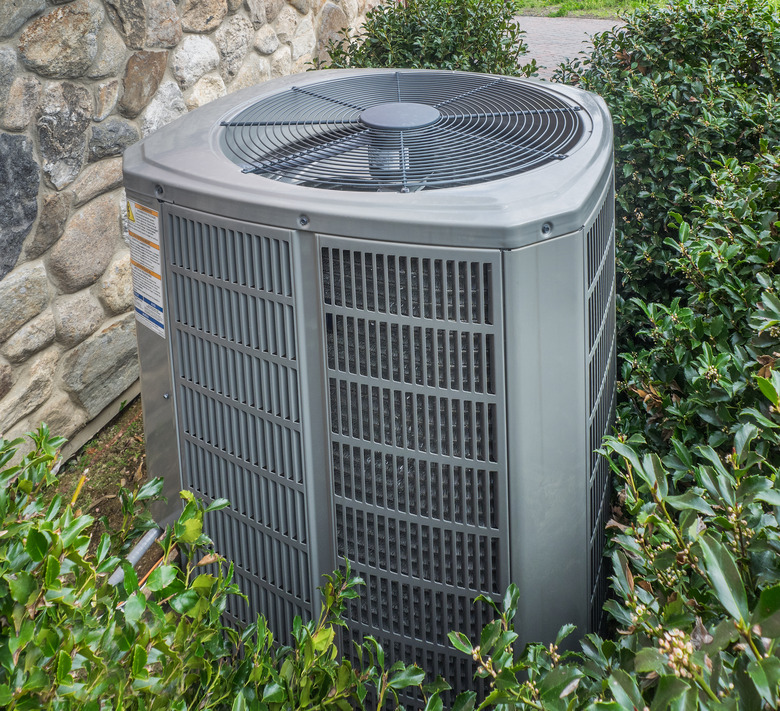How A Central Air Conditioner Works — And Basic Maintenance Tips
We may receive a commission on purchases made from links.
Willis Carrier invented the air conditioner in 1902 somewhat by accident. What he was really trying to do was invent a machine that would reduce humidity in a printing shop, but it turns out that the machine he invented was able to both dehumidify and cool very well, and more than 100 years later, air conditioners are almost survival tools in some parts of the country during the summer. In the early part of the 20th century, when most people didn't have air conditioning at home, they flocked to air conditioned movie theaters to escape the heat, and that's apparently how summer blockbuster movies became an annual event.
The operation of an air conditioner is very similar to that of a refrigerator, and although refrigerators have been around for centuries, the first modern ones were developed around the same time as the air conditioner. Both rely on evaporative cooling, but that isn't a particularly recent development since people have known for ages that covering food with a wet cloth was a good way to take advantage of the cooling effect of water evaporation. Refrigerators and air conditioners take evaporative cooling to a whole new level, though.
Evaporative Cooling in an Air Conditioner
Evaporative Cooling in an Air Conditioner
The basic principle behind evaporative cooling is that a substance needs energy to change state from a liquid to a gas, and it draws that energy (in the form of heat) from the surrounding air. The substance that evaporates in an air conditioning system isn't water, but some other chemical that can be repeatedly vaporized and liquefied and that draws the largest amount of heat possible from the surrounding air.
Early air conditioners used ammonia, methyl chloride, or sulfur dioxide, but these reactive gases were replaced with what was thought at the time to be a much safer one: the chlorofluorocarbon (CFC) Freon, which was developed by Dupont in the late 1920s. In the 1980s, when it was discovered that CFCs can rise into the upper atmosphere and destroy the layer of protective ozone, CFCs were phased out in favor of a new, safer class of inert chemicals called hydrofluorocarbons.
The way an air conditioner works is simple: A compressor circulates the refrigerant through one coil, (called the condenser coil), pressurizing it and turning it into a liquid, which is a process that releases heat. The pressurized liquid continues through the condensing coil until it arrives at a small aperture called an expansion valve, through which only a small amount can pass at any one time. Because the concentration drops dramatically on the other side of the valve, the refrigerant vaporizes as it enters another coil, called the evaporator coil, and that's where cooling (and dehumidification) happens. From there, the refrigerant continues on to the compressor, where it is again pressurized and liquefied and releases the heat absorbed from the indoor air.
The Parts of a Central Air Conditioner
The Parts of a Central Air Conditioner
In a refrigerator and a room air conditioner, this entire process happens within a single housing. The typical central air conditioning system, however, is a split system, with the condenser coil and compressor housed in an outdoor unit and the evaporator coil located indoors inside an air handler that also houses a blower to circulate the cold air. The air handler, which can be part of an HVAC system that also includes a furnace or can simply be used for air conditioning, is connected to ductwork that extends throughout the building. Ductless minisplit air conditioning has the same type of outdoor unit and works the same way except instead of an air handler, it employs smaller room-size units that each have their own blower.
When the compressor is operating, refrigerant passes through the wall of the building in insulated copper tubing that connects the condensing coil to the evaporator coil. The operation of the compressor is controlled by a thermostat that monitors indoor temperatures and turns it on when cooling is needed. It's possible to reverse the direction of refrigerant flow to change the cooling coils into heating coils and vice versa, which is the idea behind a heat pump, but in an A/C system, the refrigerant always flows in the same direction.
The working parts of central air conditioning units are:
- The compressor, which pressurizes the refrigerant and condenses it into a gas
- The condenser coil, which radiates heat because the refrigerant changes state from gas to liquid inside it
- The evaporator coil, where liquid turns back into a gas, drawing heat from the surrounding air
- A blower, which circulates the cooled air
- An air handler and connected ductwork
- A thermostat to control temperature.
An A/C unit of necessity also contains electrical circuitry, switches, and sensors, but if any of these malfunctions, most homeowners have to call for service. There are, however, a number of DIY maintenance tasks that homeowners can and should do themselves to keep the system clean and running at top performance.
Maintenance Task # 1: Control Condensation
Maintenance Task # 1: Control Condensation
Condensation can be a problem both around the evaporator coils and in the air ducts, and it happens because warm air can hold more moisture than cool air. When warm air passes over the evaporator coils and cools down, beads of water form on the coils, drip into a drainage pan at the bottom of the air handler, and are drained by a PVC pipe. It's important for homeowners to check the drainage periodically and clear the pipe if necessary to prevent water from overflowing or promoting mold inside the unit that can get circulated in the home's air.
Condensation can also form around the duct outlets for basically the same reason, so it's important to remove the registers and wipe down the ducts periodically. Failure to do this allows mold to grow and creates air quality problems.
Maintenance Task #2: Change the Filters
Maintenance Task #2: Change the Filters
There is an air filter in both the outdoor unit and the indoor unit, and it should be inspected once a month and changed if necessary. The job of the air filter is to catch airborne particles and keep them out of the compressor housing and the air handler plenum. If the filter in the outdoor unit clogs, the compressor works too hard and could overheat, while a clogged filter in the indoor unit hinders airflow around the evaporator coil. Without sufficient air circulation, the coil can ice over, and because that prevents it from exchanging heat with the surroundings, the air conditioner won't cool to the desired temperature.
Maintenance Task #3: Control Dust
Maintenance Task #3: Control Dust
Some airborne particles are bound to make it past the filters, and when they build up on the condenser or evaporator coils, the cooling capacity of the system is reduced, so it's important to clean the coils. You can do this with a coil brush, and while you're at it, dust the metal fins in the outdoor unit to keep air circulating and maintain the energy efficiency of the cooling system. It's not a bad idea to clean the coils and the compressor fins every time you replace the filters using a kitchen knife if necessary to remove stuck-on gunk from the fins.
Maintenance Task #4: Clear the Outdoor Unit
Maintenance Task #4: Clear the Outdoor Unit
The outdoor unit is exposed to the elements, and it can get covered by debris or by ice and snow when the outside air temperature is low. You don't have to worry about ice if the system works only as an air conditioner, but you do need to clear leaves and other debris. If you have a heat pump, it's important to keep the outdoor unit free of ice that can hinder airflow and heat exchange.
